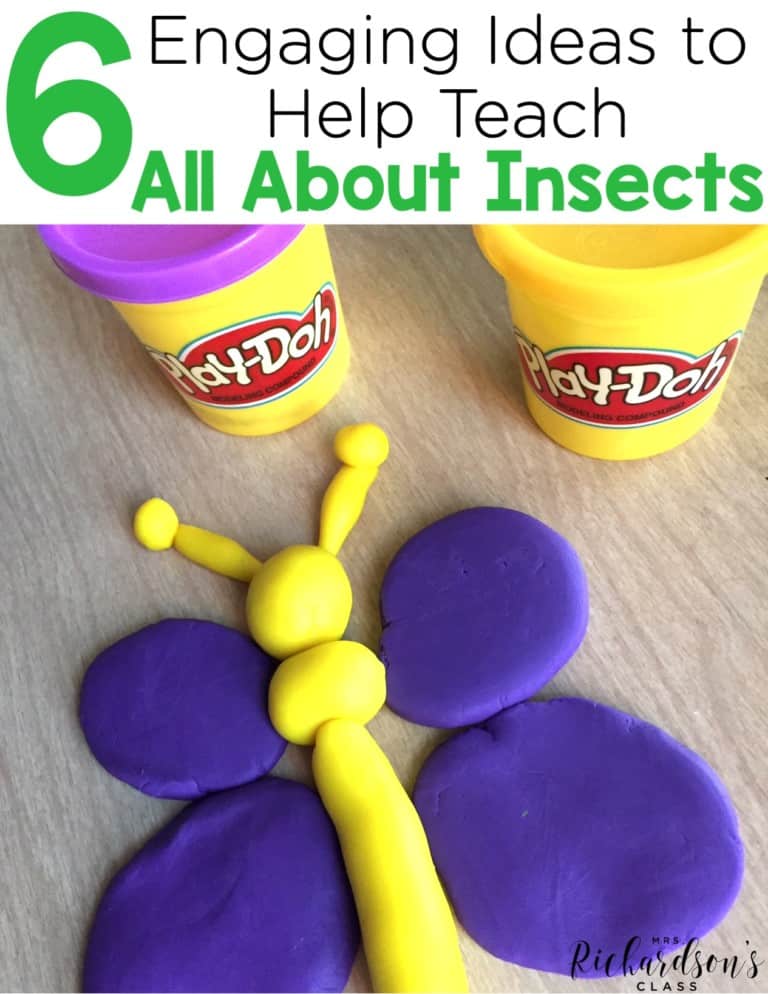
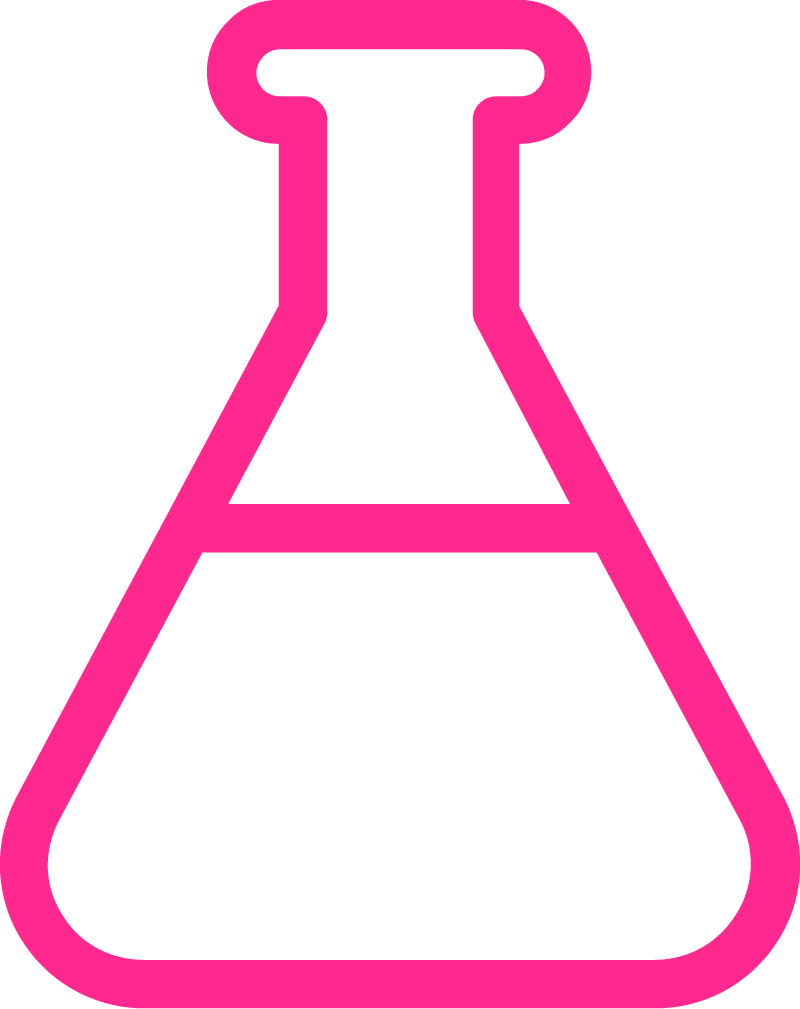
Writing about science can seem difficult, especially in primary grades. However, we know it is so important! With our kindergarten, first grade, and second grade learners, it’s critical that we help set the foundation of learning for them to be successful in writing about science.
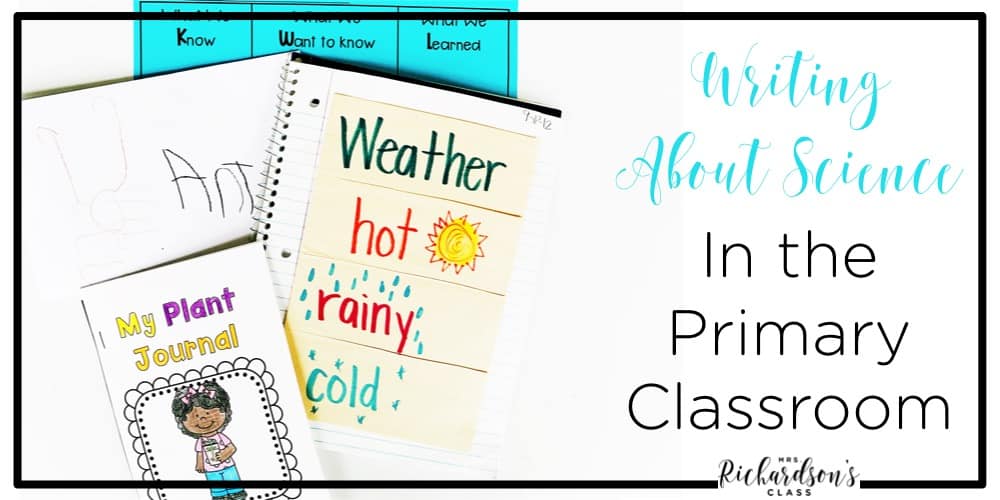
One way to do that is to make sure students have engaging, hands-on experiences in science. This also naturally creates opportunities for students to get to discuss what they are learning with their peers. Science talk helps build strong vocabulary in young learners. Another way to promote success in writing is to have a print-rich environment with plenty of science-based resources like anchor charts, a word wall, vocabulary posters,
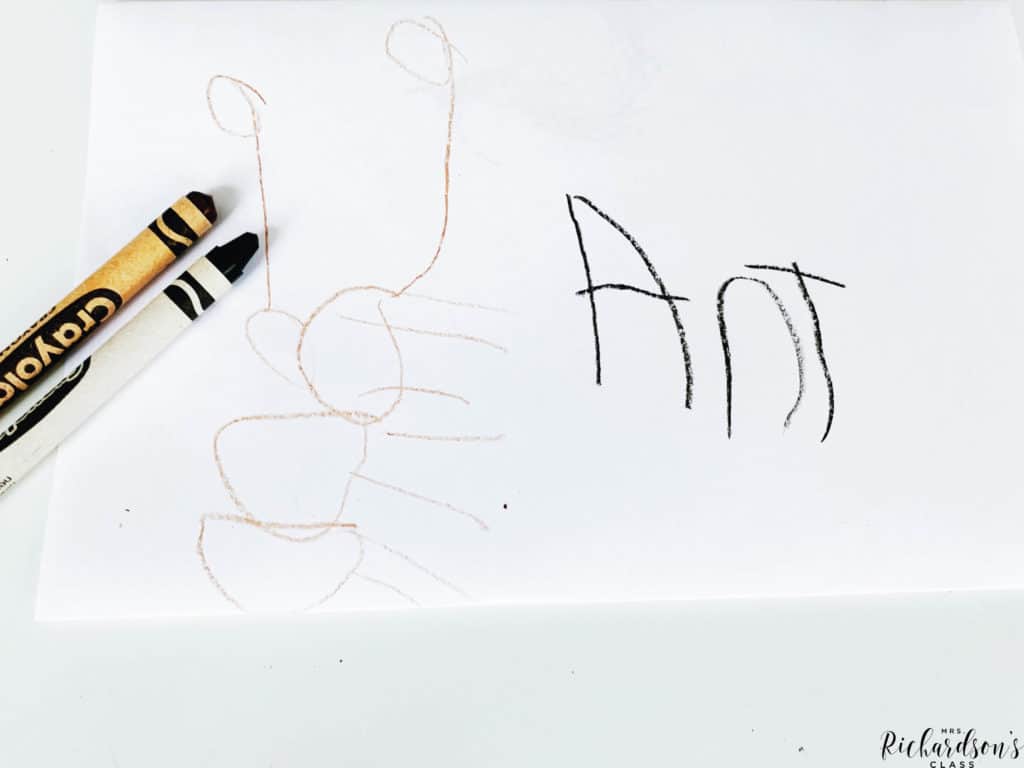
Friends there is so much value in integrating science and writing! One big reason I mentioned above: it allows for the scaffolding of learning and for students to think about their thinking (remember all of that metacognition we learned about in college?). Over time and with practice, writing about science will help students build a solid understanding of concepts they need to master and how to use new vocabulary correctly. Writing in a content area like science also:
I know I was always on a tight schedule, and I’m sure you are, too! One great way to squeeze in writing is to use it as a pre-assessment.
You can:
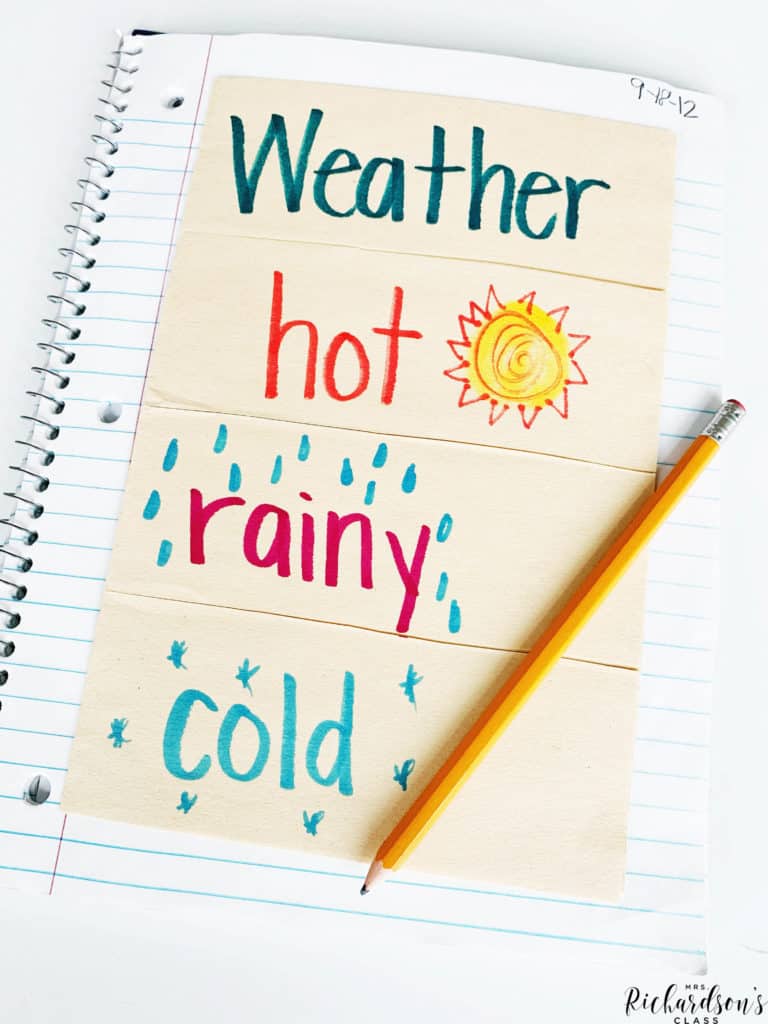
If you plan ahead of time, you can build in writing opportunities throughout your entire lesson and week in science!
**A quick note to add the technical side of integrating writing here – I tried to focus more on the content of the writing, not necessarily the conventions. While yes, I do want them to use the correct spelling of sight words, capitalize sentences, and use punctuation, I don’t want them to get caught up in the mechanics of writing instead of focusing on the content here.
This plant journal is perfect to get students writing this spring! They can document the growth of their seed to a plant with illustrations and words.
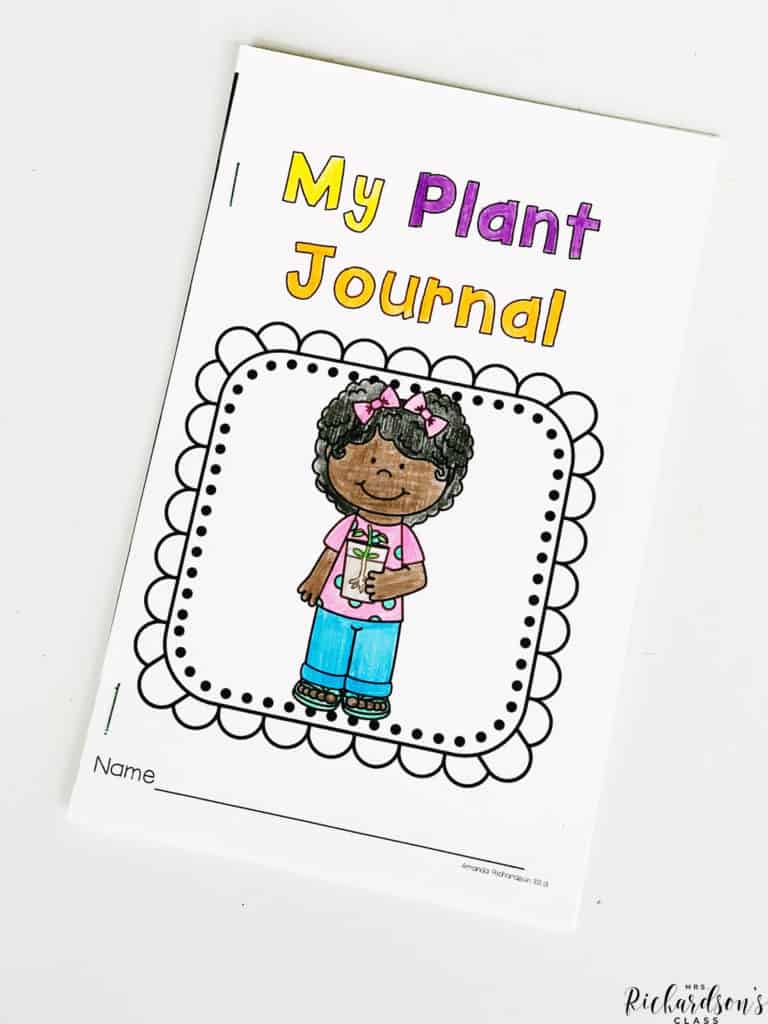
Interactive notebooks are such a great way to get plenty of meaningful writing in during science time. I liked to start with a class journal in kindergarten and then move to individual interactive student notebooks. You can read how I did that HERE and grab the FREE student journal covers HERE.
HERE are some free KWL charts you can use in interactive notebooks or standing alone. They’re perfect to use before, during, and after learning. You can use them for any topic you’ll cover all year long.
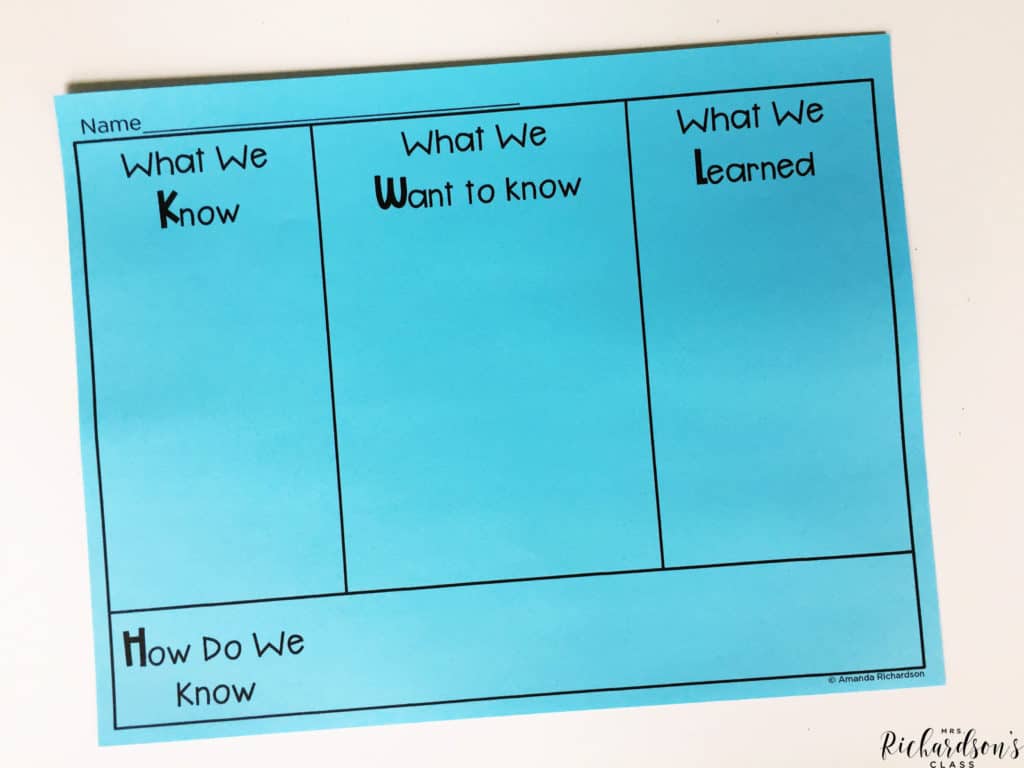
How do you write about science in your classroom? Leave a comment below. I’d love to hear your ideas!
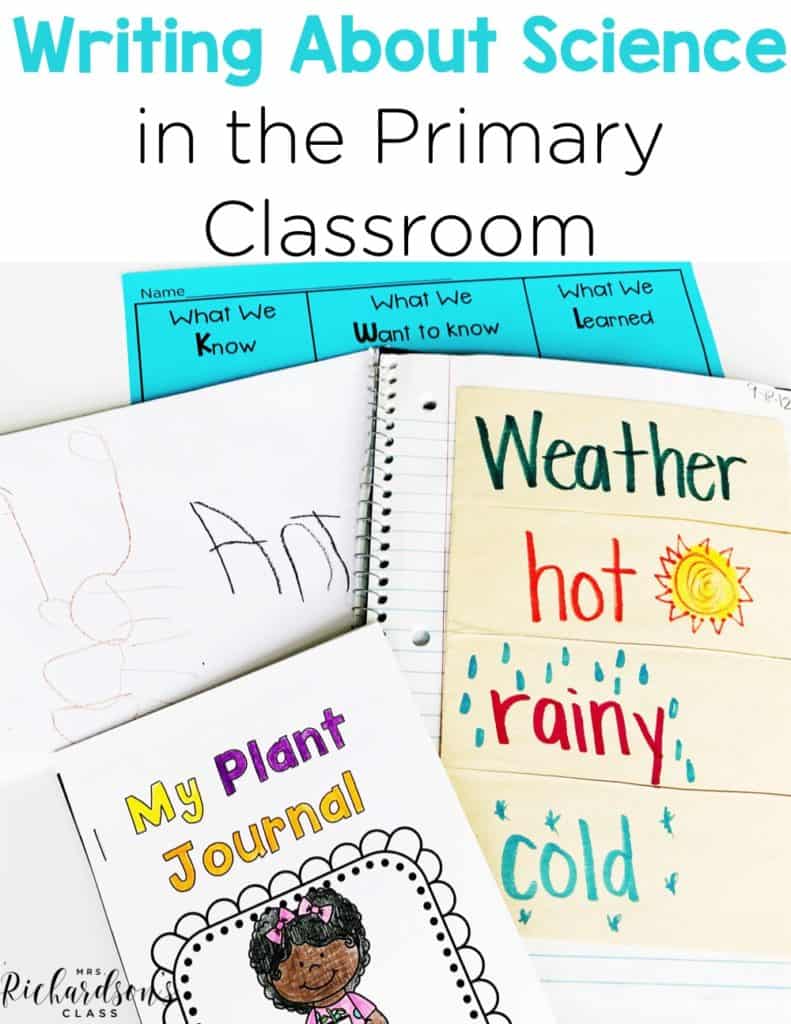
pin it
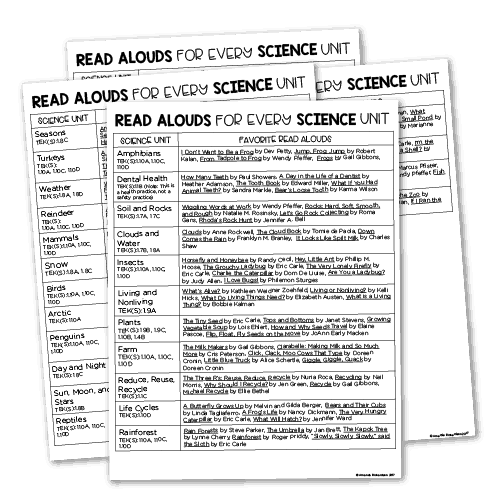
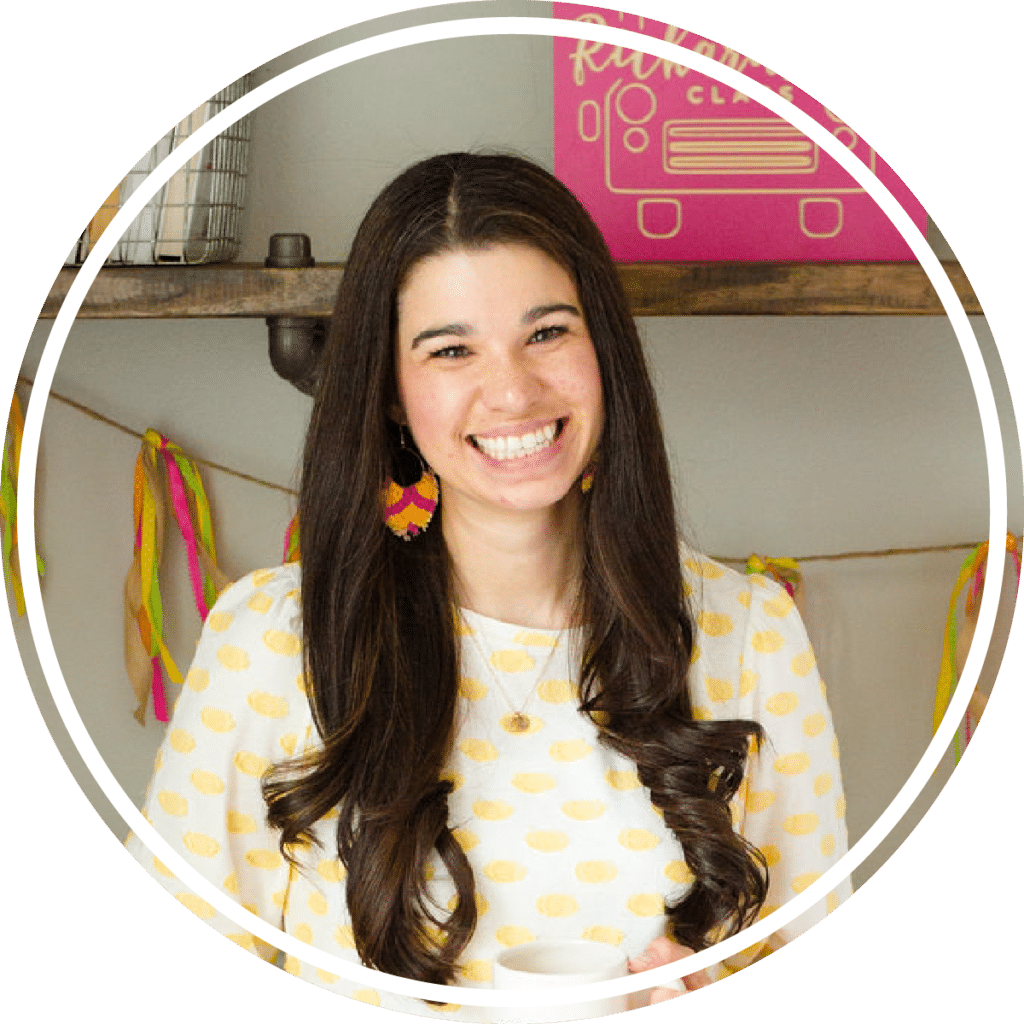
I’m a K-1 teacher who is passionate about making lessons your students love and that are easy to implement for teachers. Helping teachers like you navigate their way through their literacy block brings me great joy. I am a lifelong learner who loves staying on top of current literacy learning and practices. Here, you’ll find the tools you need to move your K-2 students forward!

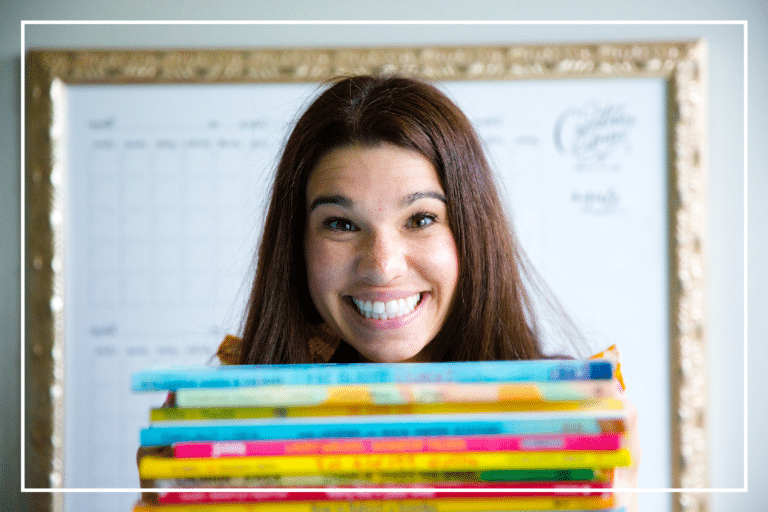
| Cookie | Duration | Description |
|---|---|---|
| cookielawinfo-checkbox-analytics | 11 months | This cookie is set by GDPR Cookie Consent plugin. The cookie is used to store the user consent for the cookies in the category "Analytics". |
| cookielawinfo-checkbox-functional | 11 months | The cookie is set by GDPR cookie consent to record the user consent for the cookies in the category "Functional". |
| cookielawinfo-checkbox-necessary | 11 months | This cookie is set by GDPR Cookie Consent plugin. The cookies is used to store the user consent for the cookies in the category "Necessary". |
| cookielawinfo-checkbox-others | 11 months | This cookie is set by GDPR Cookie Consent plugin. The cookie is used to store the user consent for the cookies in the category "Other. |
| cookielawinfo-checkbox-performance | 11 months | This cookie is set by GDPR Cookie Consent plugin. The cookie is used to store the user consent for the cookies in the category "Performance". |
| viewed_cookie_policy | 11 months | The cookie is set by the GDPR Cookie Consent plugin and is used to store whether or not user has consented to the use of cookies. It does not store any personal data. |
2 Responses